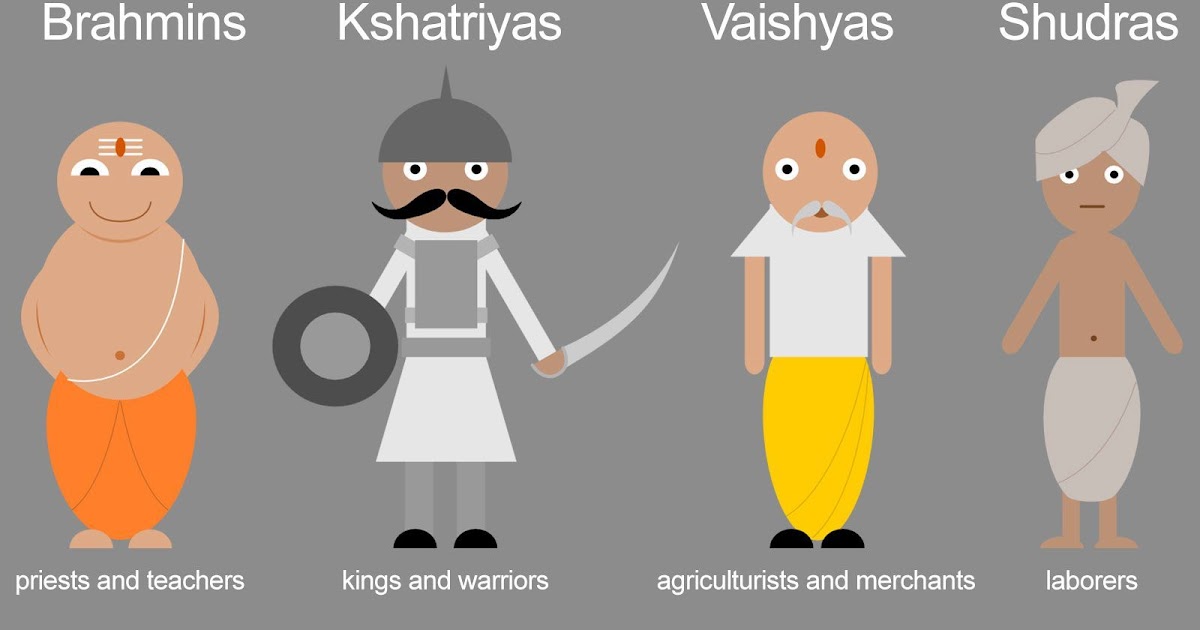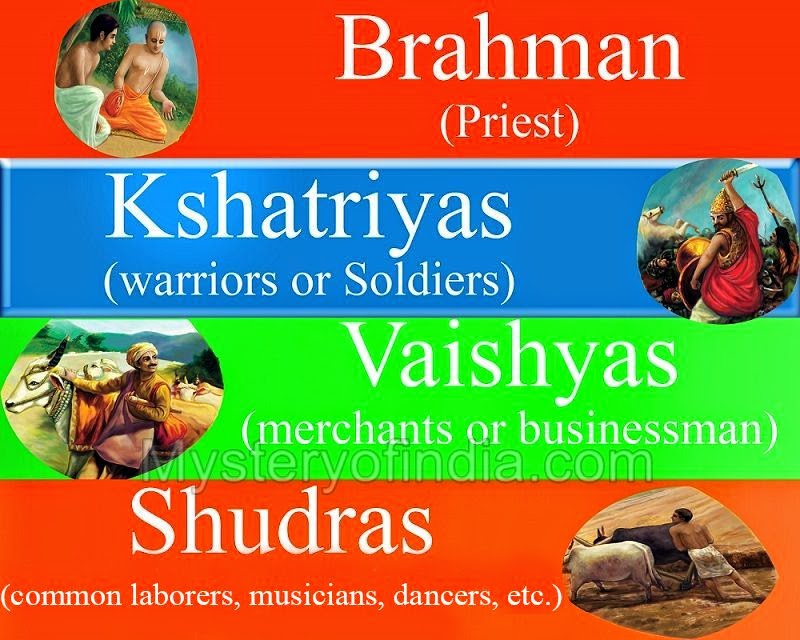The caste system in Vedas has been a topic of significant discussion and debate among scholars, historians, and sociologists. This ancient social stratification system has roots in the Vedic texts, which are considered foundational scriptures of Hinduism. The Vedic literature not only outlines the spiritual and religious practices but also implicitly defines the social order of ancient Indian society.
The exploration of the caste system is crucial for understanding its historical implications and its continued influence on Indian society today. As we delve into the depths of the Vedas, we unearth how these ancient texts contributed to the establishment of a hierarchical societal framework that has persisted through centuries.
This article aims to provide a comprehensive overview of the caste system as depicted in the Vedas, analyze its evolution, and discuss its contemporary relevance. Through a detailed examination, we intend to shed light on the complexities and nuances of this socio-cultural phenomenon.
Table of Contents
- Introduction
- Biography of the Caste System
- Origins of the Caste System in Vedas
- Social Structure as per Vedas
- Modern Interpretations of Caste System
- Impact of Caste System on Contemporary Society
- Criticism of the Caste System
- Conclusion
Introduction
The caste system, as outlined in the Vedas, has its roots in the socio-political context of ancient India. The four primary categories, or varnas, of the caste system are Brahmins (priests and teachers), Kshatriyas (warriors and rulers), Vaishyas (traders and agriculturists), and Shudras (laborers and service providers). Each of these categories was assigned specific roles and responsibilities within society, creating a complex web of interdependence.
While the Vedic texts provide a framework for understanding the caste system, it is essential to analyze how these classifications evolved over time and how they have been interpreted in modern contexts. The caste system has often been criticized for perpetuating inequality and limiting social mobility, raising questions about its ethical and moral implications in the contemporary world.
Biography of the Caste System
Definition of Caste System
The caste system can be defined as a hierarchical social stratification system that categorizes individuals based on their birth and occupation. In the context of the Vedas, these classifications were not merely occupational but were also believed to be divinely ordained.
Historical Importance of Caste System
Historically, the caste system played a crucial role in maintaining social order. The delineation of roles helped to organize labor and resources in a manner that was conducive to the agrarian economy of ancient India. However, this system also led to the marginalization of certain groups, particularly the lower castes or Dalits, creating a legacy of social inequality.
Origins of the Caste System in Vedas
The origins of the caste system can be traced back to the Rigveda, one of the oldest known texts in the Vedic literature. The Purusha Sukta hymn describes the cosmic being, Purusha, from whose body the four varnas emerged:
- Brahmins from his mouth
- Kshatriyas from his arms
- Vaishyas from his thighs
- Shudras from his feet
This mythological narrative suggests a divine sanctioning of the social hierarchy, which has been used to justify the caste system throughout history.
Social Structure as per Vedas
The social structure as depicted in the Vedas was not merely rigid but also included a degree of fluidity, especially in its early stages. The varna system allowed for certain movement between categories based on merit and skill. However, as time progressed, this flexibility diminished, leading to the rigid caste system that is often criticized today.
Modern Interpretations of Caste System
In modern times, interpretations of the caste system have varied widely. Some view it as an outdated relic of the past, while others argue that it still affects social dynamics in contemporary Indian society. The influence of the caste system is evident in various spheres, including politics, education, and employment.
Impact of Caste System on Contemporary Society
The impact of the caste system is profound, especially in rural areas where traditional practices still hold sway. Issues such as caste-based discrimination and social inequality remain prevalent. However, there have been significant efforts, both legally and socially, to address these injustices and promote equality.
Criticism of the Caste System
The caste system has faced considerable criticism for its role in perpetuating social hierarchies and discrimination. Many reformers and thinkers, including Mahatma Gandhi and B.R. Ambedkar, have fought against the injustices inflicted by this system. Their efforts have led to increased awareness and movements advocating for the rights of marginalized communities.
Conclusion
In conclusion, the caste system in Vedas is a complex and multifaceted topic that requires careful examination. While it played a role in organizing ancient society, its implications have led to significant social challenges in contemporary India. Understanding this system's origins and evolution is crucial for addressing the ongoing issues related to caste-based discrimination and inequality.
We encourage readers to reflect on the information presented and engage in discussions about the caste system's relevance today. Your thoughts and experiences are valuable, so feel free to leave comments or share this article with others interested in exploring this topic further.
We hope you found this article insightful and informative. For more engaging content on related topics, please explore our other articles and resources.
Article Recommendations
- Espns Beth Mowins Highlights News
- Discover The Lighteningfast Speed Of The Top 10 Fastest Rappers
- Big Tigger Relationship Insights And Secrets Revealed


